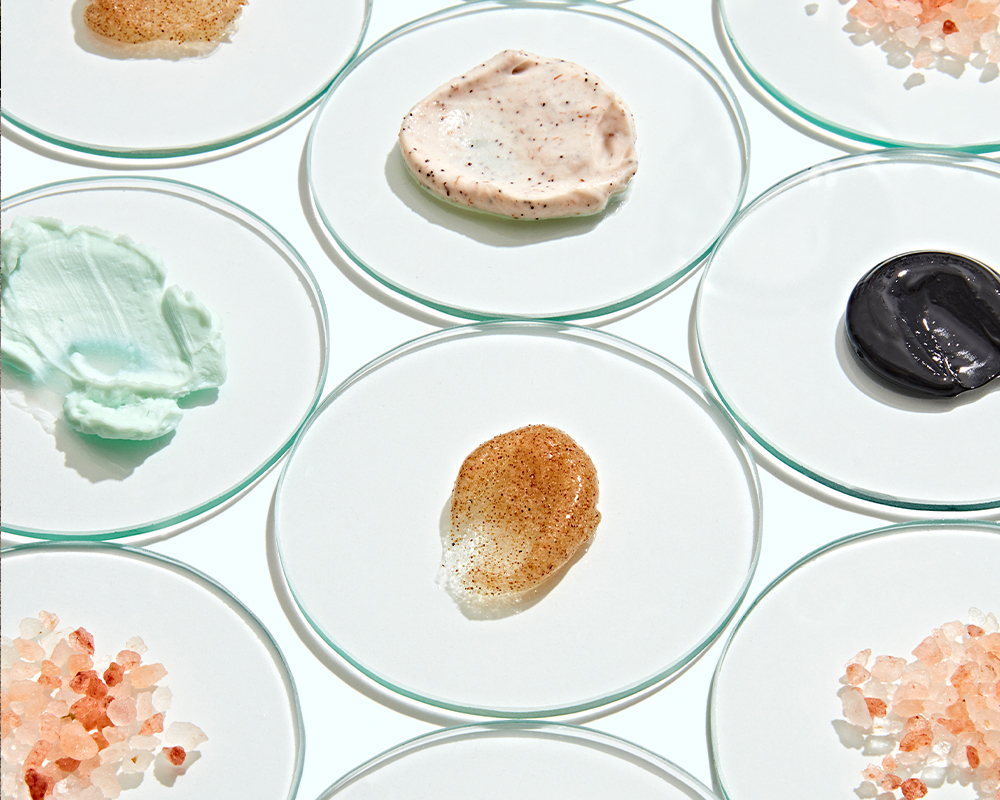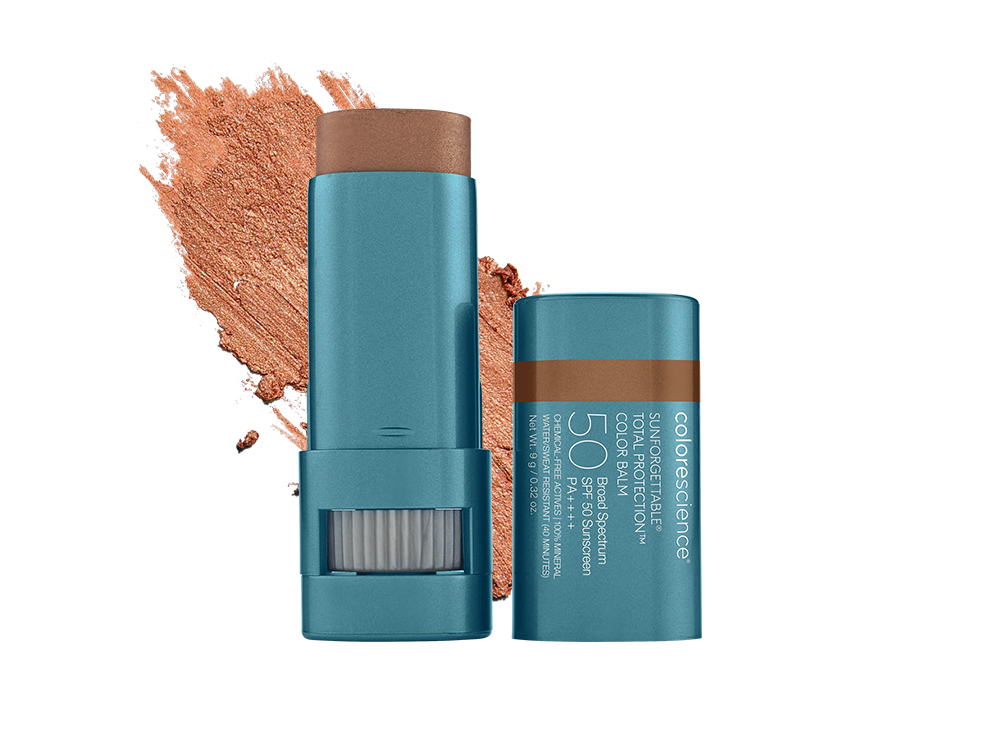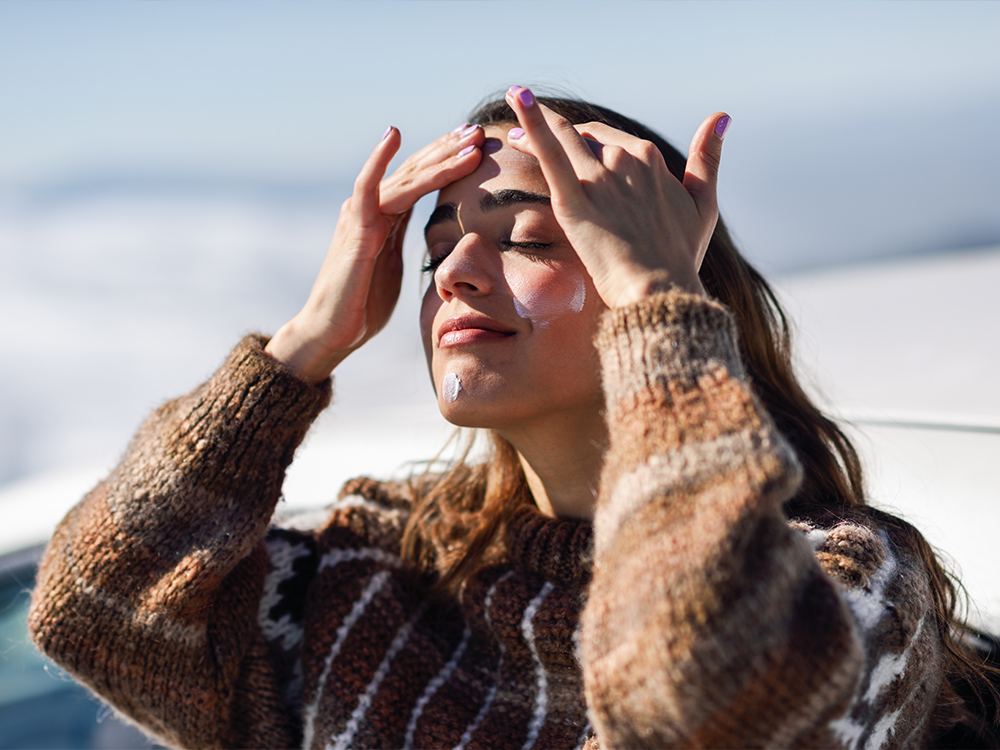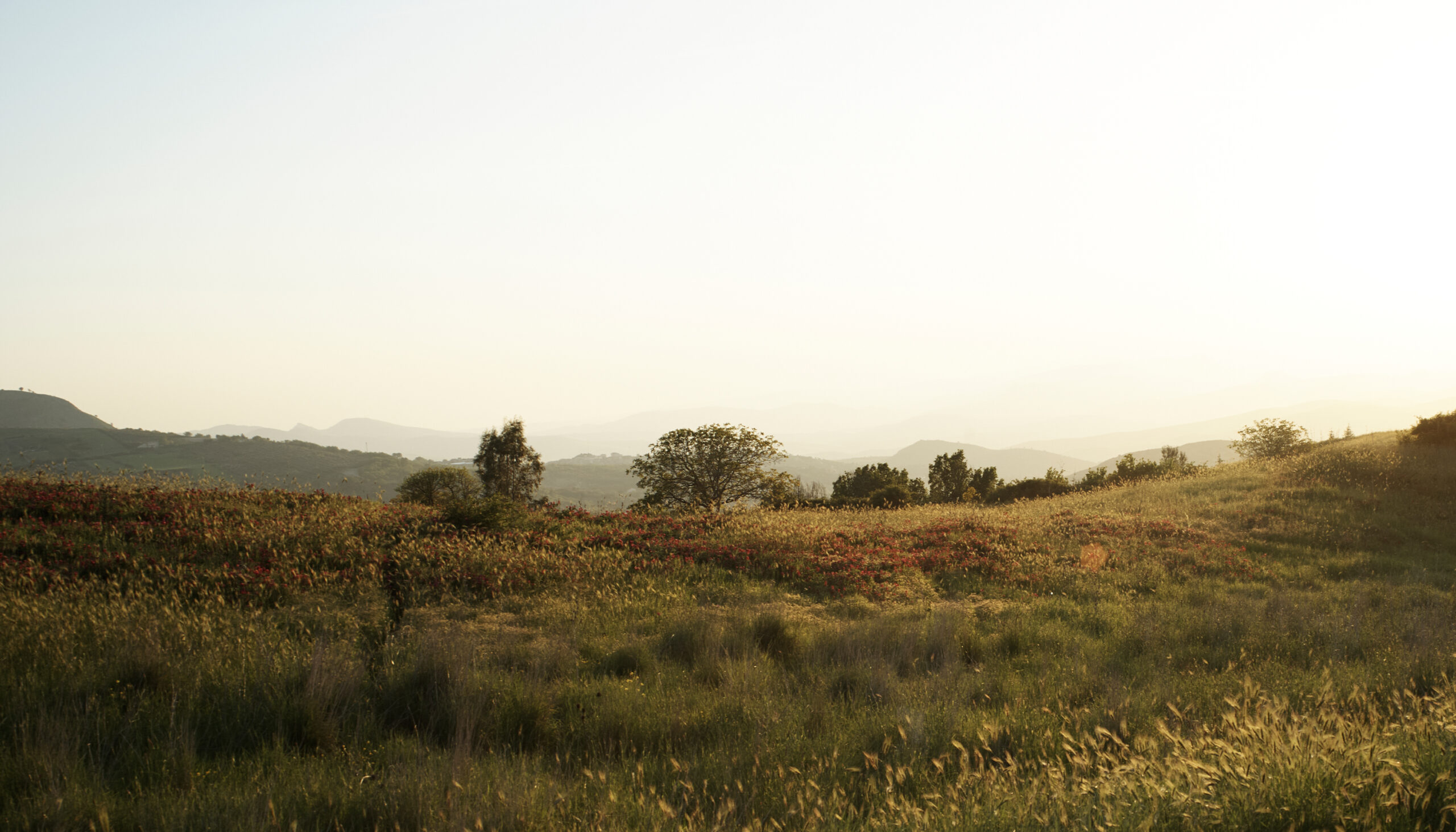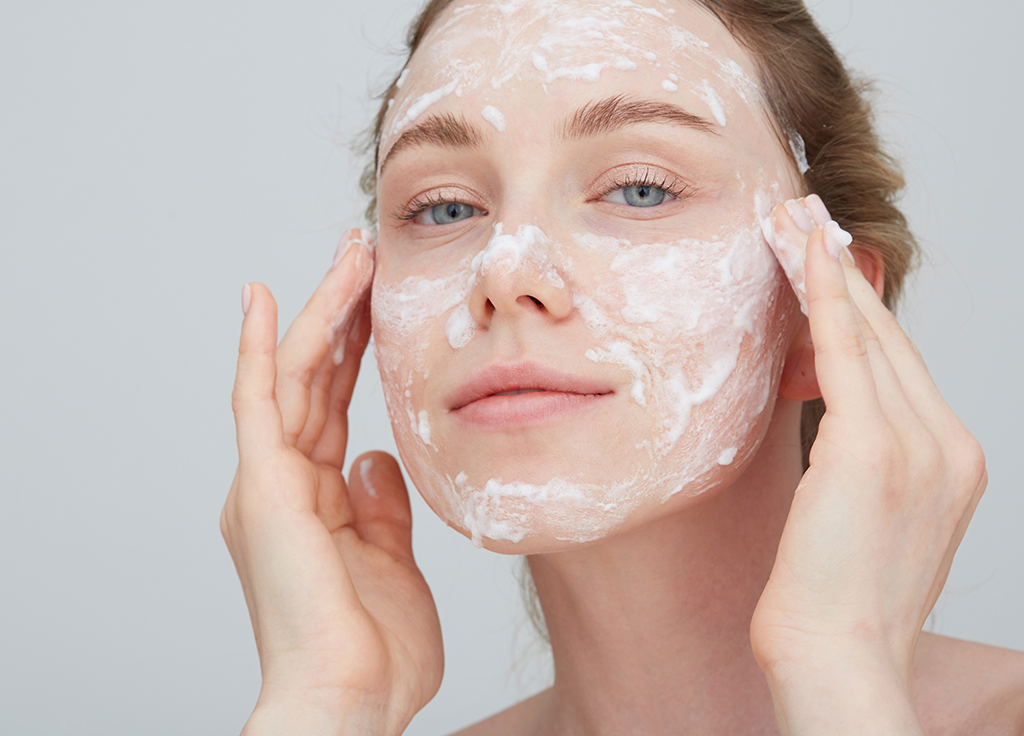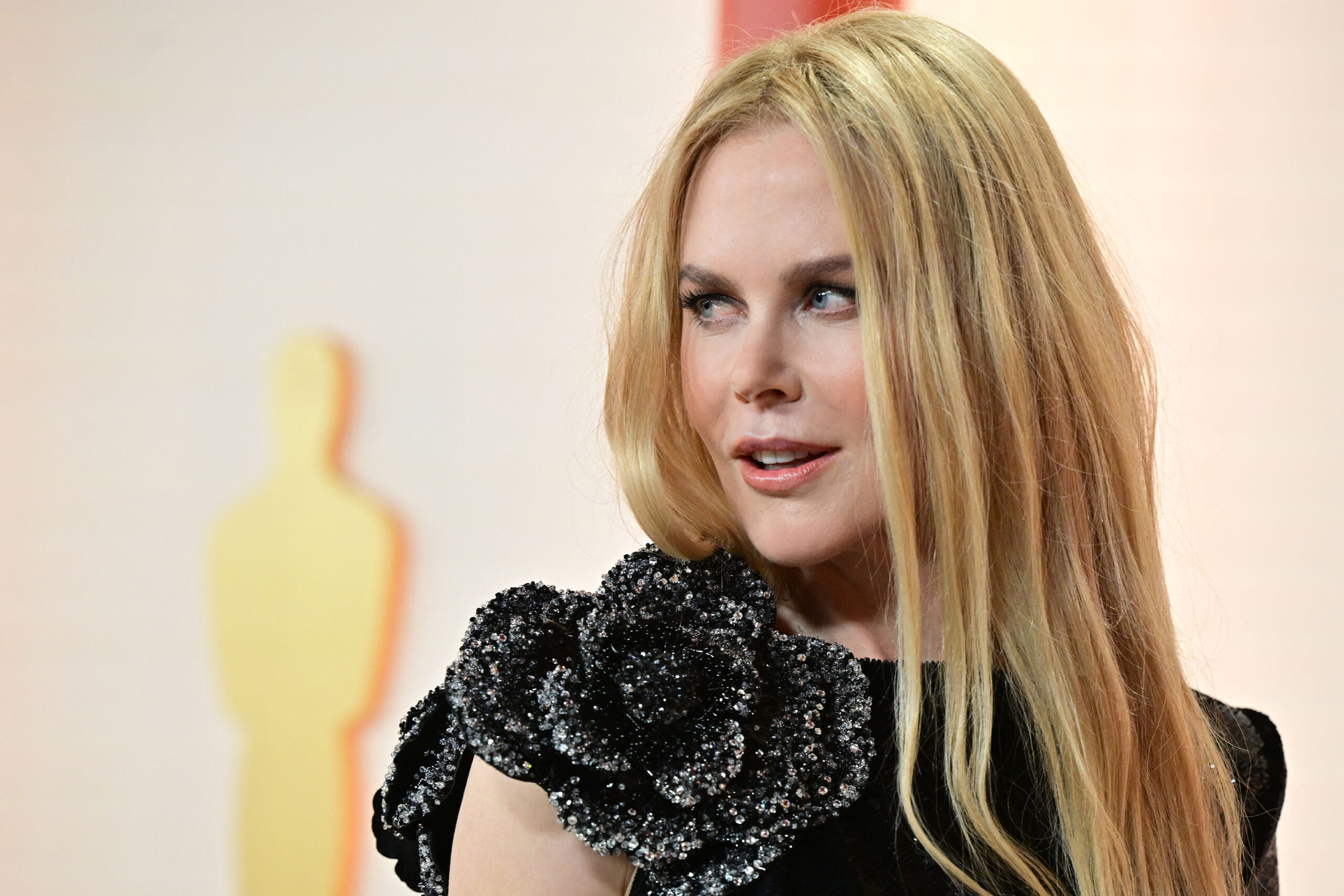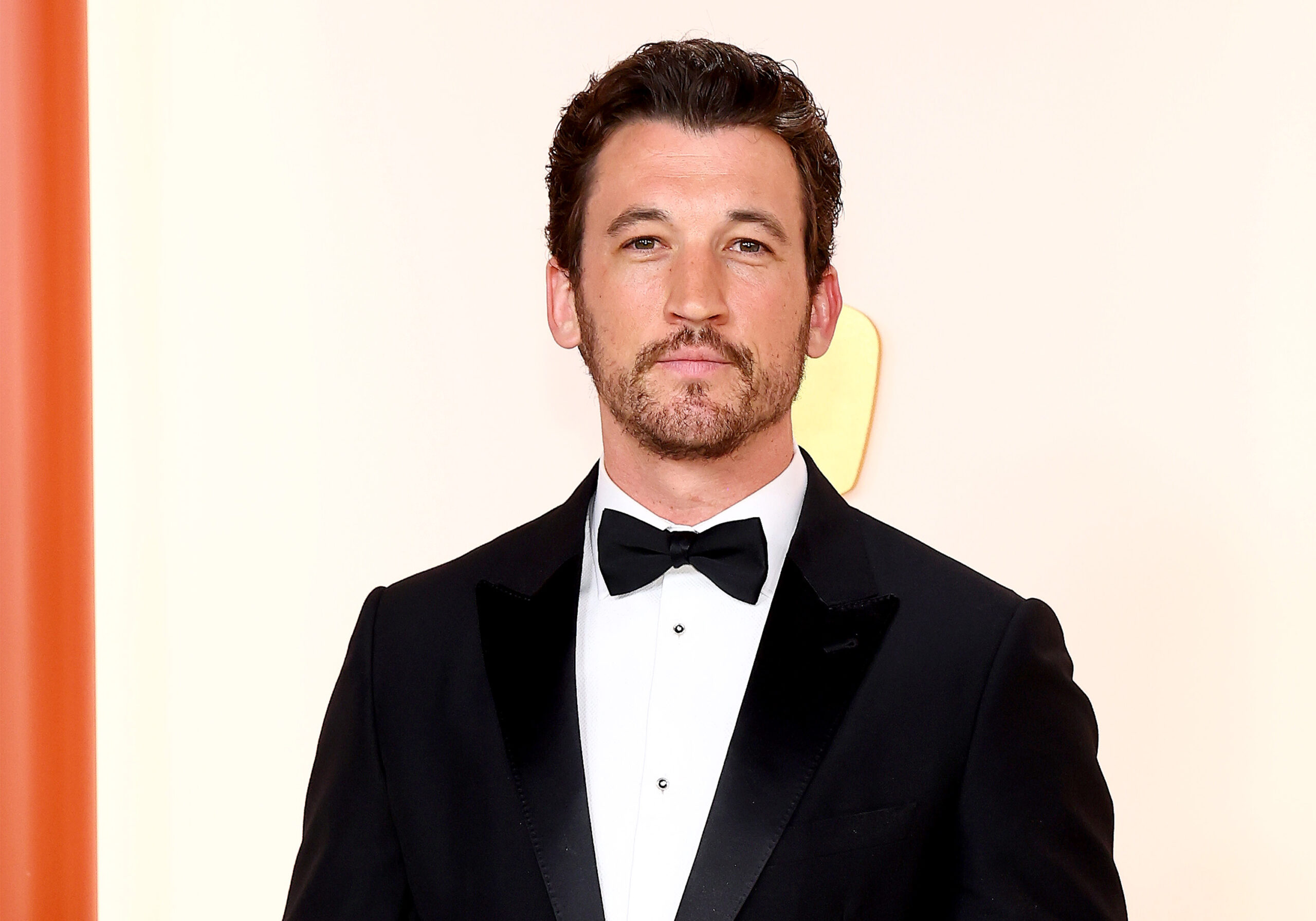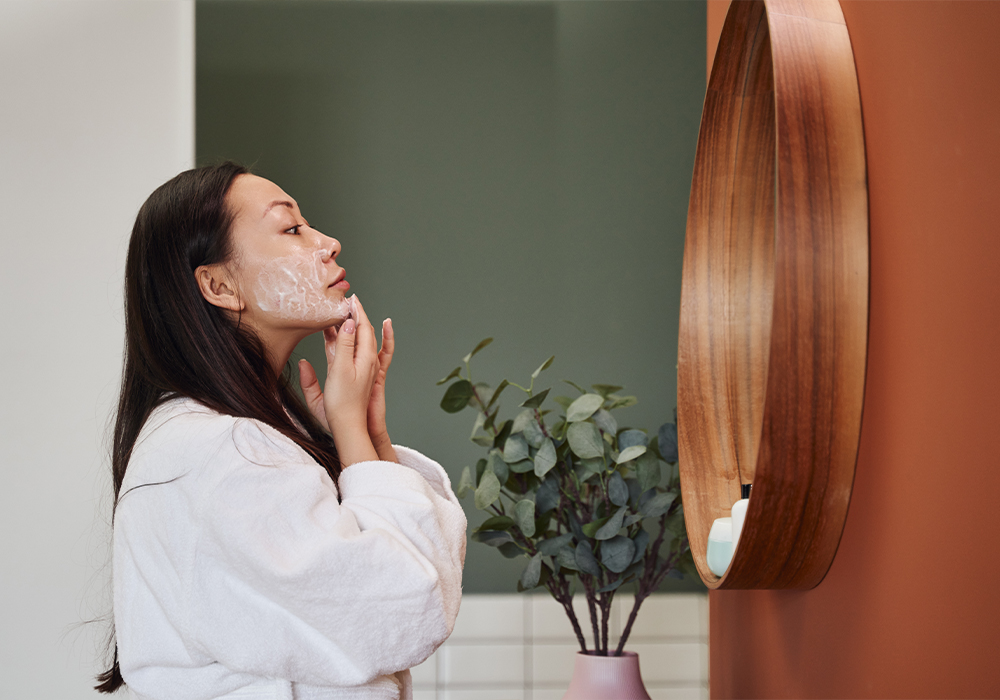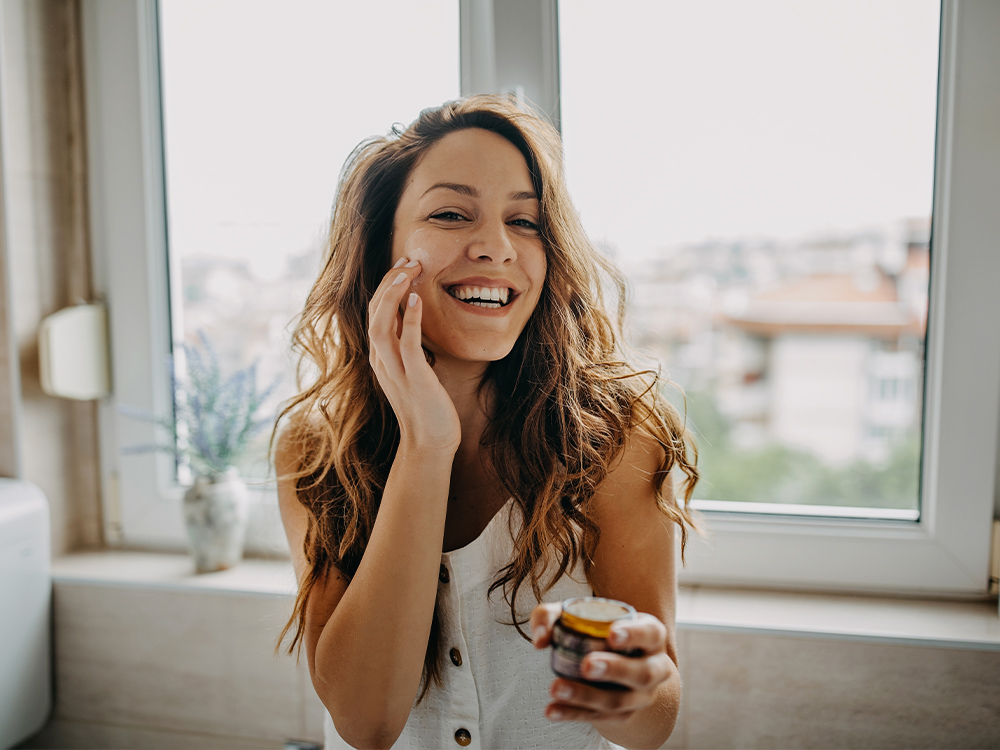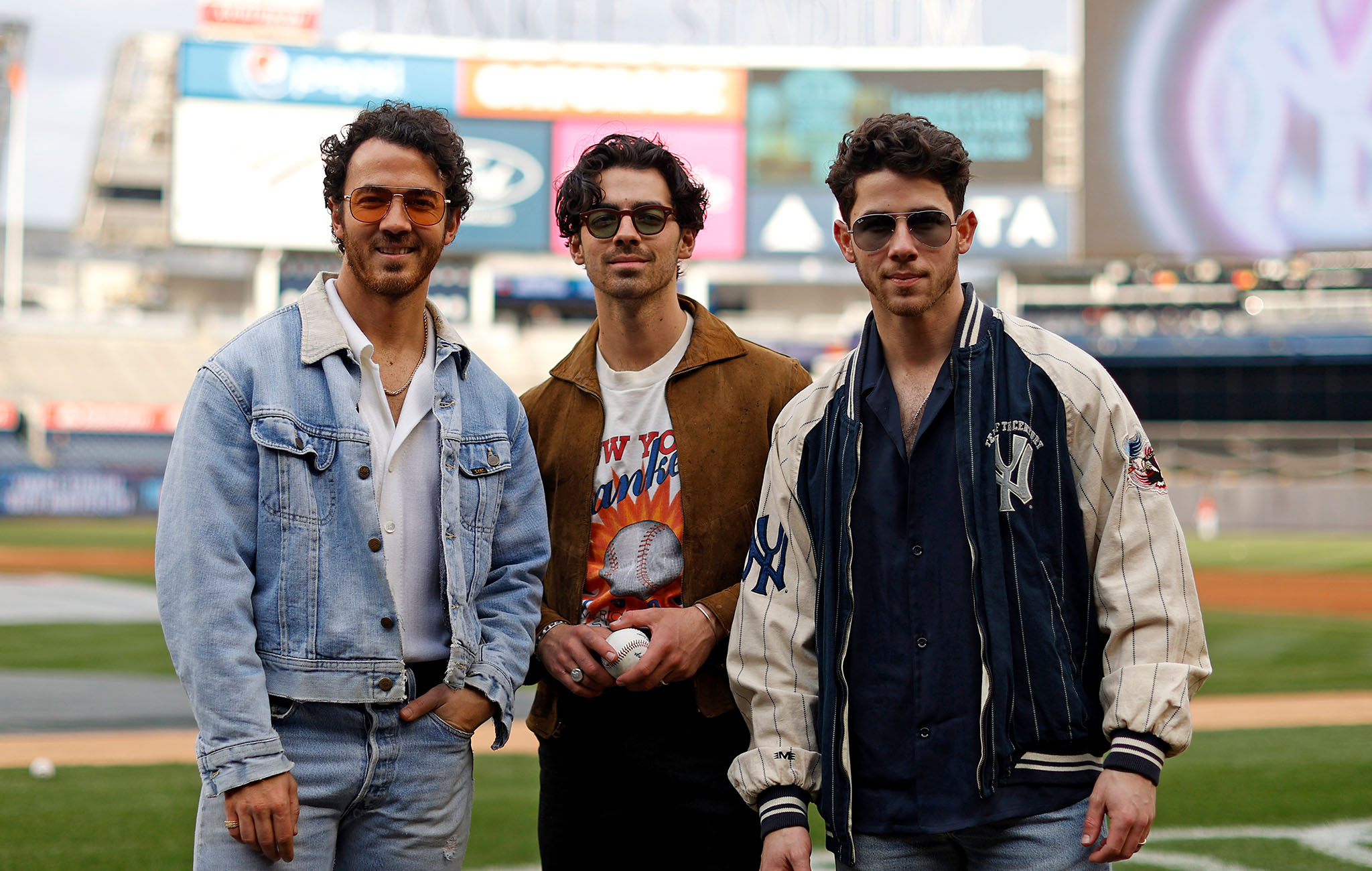Rochester, NY dermatologist Lesley Loss, MD wants you to have your best skin all year long. While your skin may be glowy and hydrated in the summer, we’ve all been subject to the swift shift in skin tone and texture when the winter wind comes. Dr. Loss walks us through all the skin changes you can expect with each season and how to address them. She shares her sage advice on which treatments to pair with which season—and which to avoid. Consider Dr. Loss your winter-skin savior.
What happens to our skin when the seasons change, especially during dramatic seasonal changes, such as warmer weather into winter?
“The first thing we notice when the seasons change from warm to cool is our skin feels drier and tighter. When there is less warmth and humidity in the air, our skin becomes dehydrated if we don’t properly moisturize, which takes some adjustment.”
How do you suggest someone adjust their skin-care routine based on the seasons? How do you know which products to adjust and when?
“The first recommendation I give my patients is to not take showers that are too hot or too long. It feels good in the moment on a cold day, but it can dehydrate the skin. A warm shower is okay and the key is what you do after the shower. When you get out of the shower, dry yourself with a towel and then immediately apply moisturizing cream to your entire body to lock in moisture.
Another thing that happens when the weather gets cooler is we may need to change some of our facial skin-care products. Retinol creams can create dryness or irritation, so you may need to change how you use it during the winter months. If you use retinol daily, you may find less dryness and irritation if you use it a few times a week during the winter. I also like applying light moisturizer first followed by retinol creams to prevent dryness.
Sometimes patients cut back on sunscreen use during the winter months, as the days get shorter and there are more overcast days. It is still important to use daily facial moisturizer with sunscreen. The UV exposure can be even more intense when there is snow on the ground!”
Which non-invasive treatments go best with each season?
“Botox and fillers are appropriate anytime, as they do not cause sensitivity to sunlight. Time treatments to take place at least two to four weeks prior to a big event.
Lasers are best in fall and winter, when we are less likely to be in the sun. With proper sun protection (sunscreen, hat, UPF clothing, staying indoors), laser treatments can be done year-round. In the northeast, we only have a few months of nice sunny weather that our patients like to enjoy, so most prefer to do their laser treatments in the fall and winter months when they are indoors and out of the sun. Sun exposure before or after laser treatments can cause alterations in pigmentation (hyper or hypopigmentation). Many lasers also cannot be used if you have an active tan.
Body treatments, such as CoolSculpting, can be done anytime. If you would like results by summer, getting the treatment in fall or winter is ideal as it can take two to three months to see results.”
How does living in a region that experiences all four seasons affect skin differently than living in a more temperate climate region? Is one better than the other?
“If you live in an area that has four seasons, many people experience changes with their skin that coincide with changes in the season. Patients may need to adjust or revisit their skin-care regimen seasonally. For example, retinol creams may be better tolerated in the warmer weather months, and patients may need to decrease usage in the winter when it is drier.”
Are there any skin conditions that are exacerbated during certain seasons? If so, how can people with those conditions adjust for that?
“When drier, cooler weather hits dry skin conditions like eczema and psoriasis can be exacerbated. Making sure to use products that are designed for dry, sensitive skin during the winter months is helpful, and seeing a dermatologist for prescription medications if needed. Conversely, certain conditions can be exacerbated by sun exposure during the warmer months. Conditions such as melasma and some auto-immune skin conditions can worsen in the sun. Sun protective measures such as sunscreen and sun protective clothing can be helpful.”
Are there any products or treatments you should avoid during any specific seasons?
“Lasers during summer increase risk for hyper or hypopigmentation, especially if the patient has a tan. It’s possible to treat in the summer with diligent sun protection by the patient. Most often our patients in upstate New York choose to treat in the fall and winter.
Sclerotherapy, injections for leg veins, should also be done in the winter months. Patients have to wear compression stockings for two weeks afterward. They may have some temporary bruising and hyperpigmentation that is better when we are wearing long pants.”
What causes your skin to change with the seasons?
“With a change in seasons, there is a change in temperature, humidity, and sun exposure etc. Our skin is a barrier and the barrier gets disrupted with these environmental changes. So when we go from summer to fall, we go from hot and humid to cooler and drier air, especially when we turn the heat on at home, and our skin sometimes needs help with hydration to prevent dryness.”


